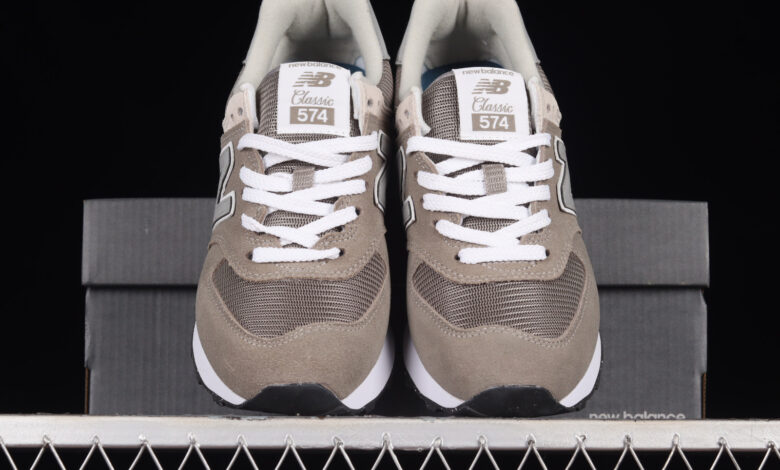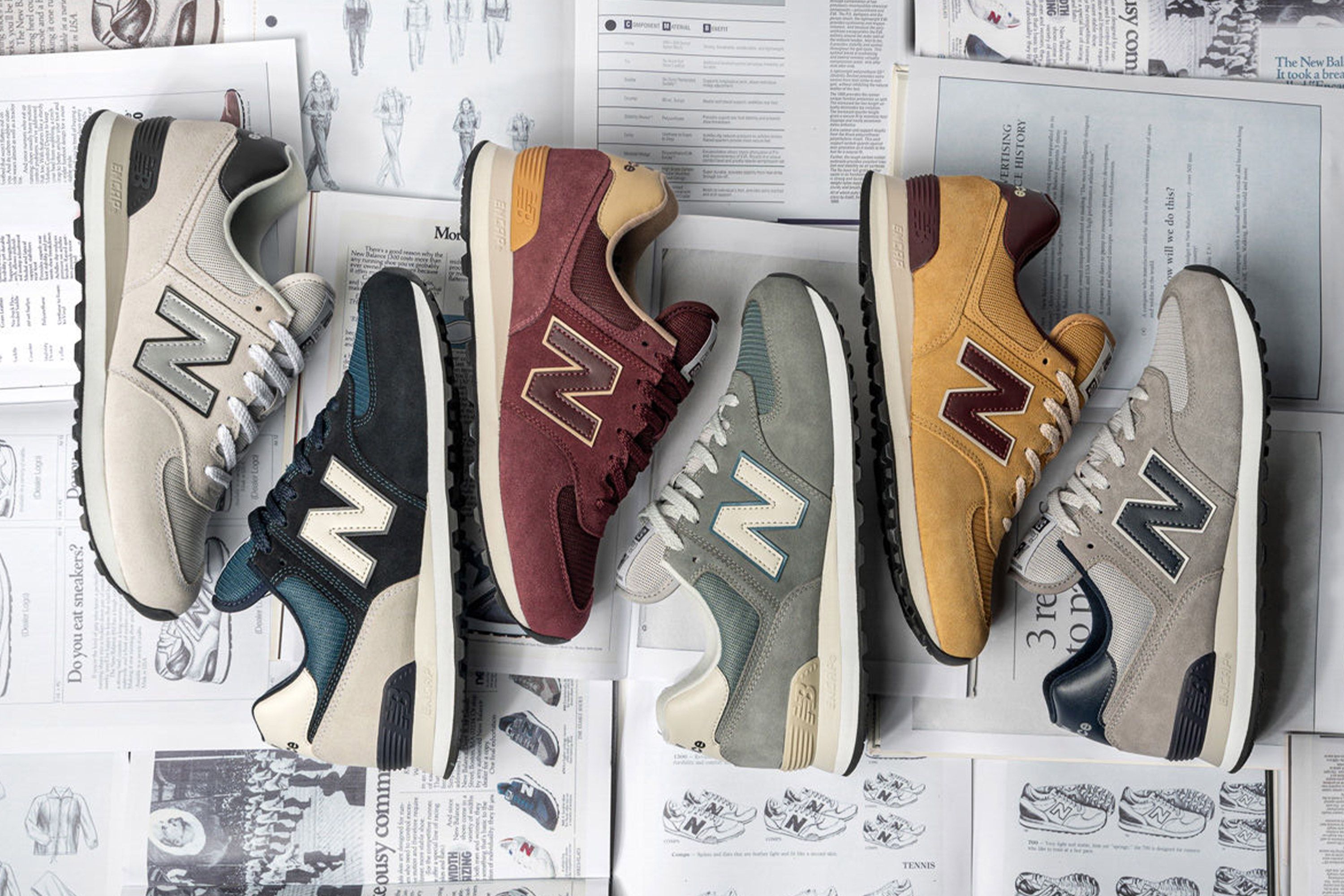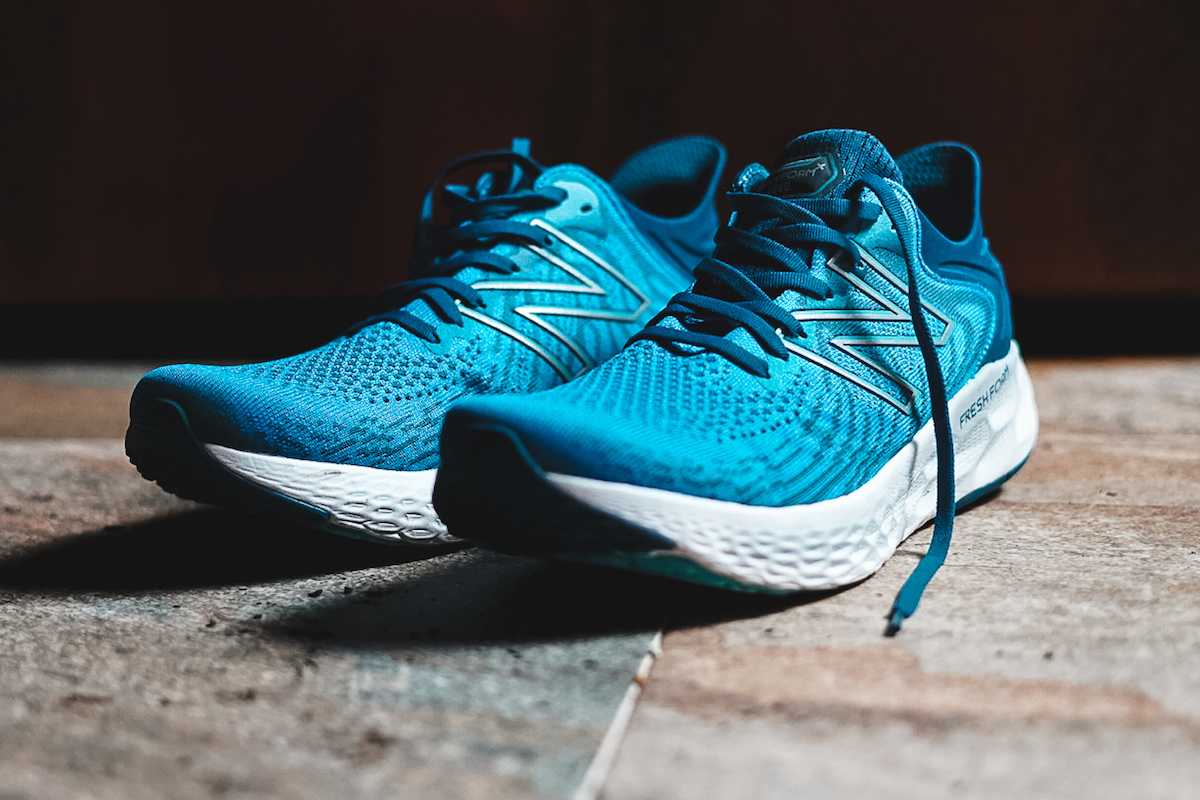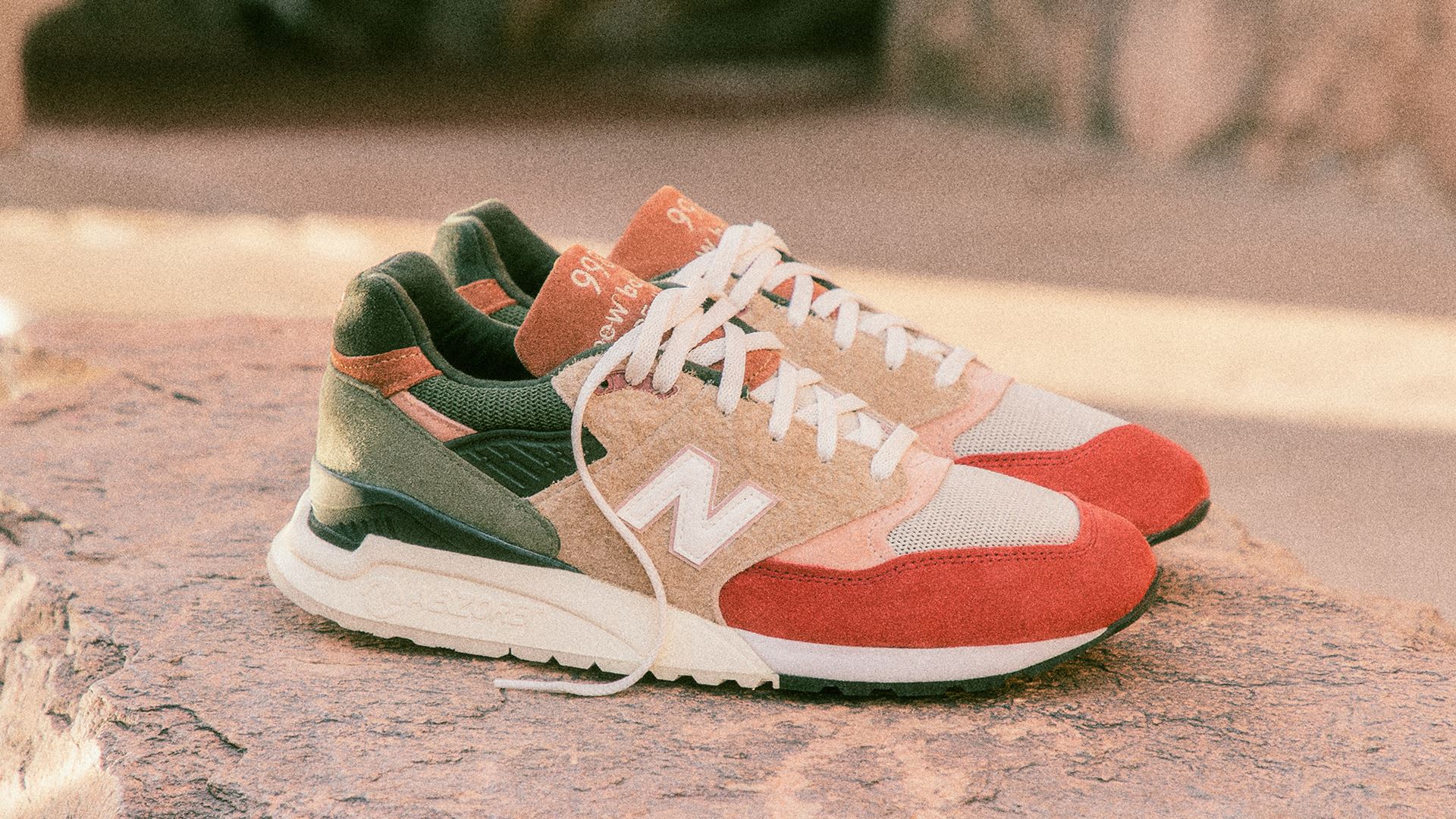New Balance: A Beacon for Athletic Performance and Fashionable Aesthetics

For over a century, New Balance, a renowned sports brand, has stood at the forefront of sportswear. Recognized for its unique blend of performance, comfort, and style, New Balance has carved out its own niche in both the sports and fashion industries. This article explores the history, product offerings, innovations, and cultural impact of New Balance.
The History and Growth of New Balance
Founded in 1906 by British immigrant William J. Riley in Boston, Massachusetts, New Balance initially focused on designing arch supports and orthopedic shoes to enhance shoe fit and alleviate foot pain.
In 1960, the company made a significant leap with the creation of the “Trackster,” the world’s first running shoe available in multiple widths. This innovation propelled New Balance into the realm of sportswear, eventually transforming it into a globally recognized brand.
The Product Offerings of New Balance
New Balance’s product offerings extend beyond running shoes to sneakers for basketball, tennis, cross-training, and a range of sportswear. Each New Balance product reflects a commitment to quality and performance, coupled with an understanding of athletes’ diverse needs.

Known for its advanced technology and innovative designs, New Balance caters to both professional athletes and fitness enthusiasts. It offers shoes with unique features such as motion control, cushioning, and stability to cater to various foot types and athletic requirements.
Innovations and Achievements
New Balance’s innovations in the sportswear industry are noteworthy. From developing the first ripple sole in 1972 to introducing the distinctive ENCAP midsole technology in 1984, New Balance has consistently prioritized function and performance.
The company’s achievements also extend to the realm of sports. It has been the official supplier of shoes and apparel for major sports events and teams, further solidifying its reputation as a high-performance brand.

New Balance and Sustainability
New Balance demonstrates a strong commitment to sustainability and ethical manufacturing. The company has taken significant steps to reduce its environmental footprint, including initiatives to decrease water consumption and waste, as well as incorporating more sustainable materials into its products.
Furthermore, New Balance has strongly advocated for fair labor practices, positioning itself as a pioneer in responsible manufacturing in the sportswear industry.
New Balance in Pop Culture
In addition to its status as a performance brand, New Balance has had a significant impact on pop culture. The brand’s shoes have become fashion staples appreciated by celebrities and style influencers for their distinctive aesthetics and comfort.

Collaborations between New Balance and high-profile designers and labels have further solidified its position in the fashion industry. These partnerships have yielded unique and trendy collections that marry athletic functionality with high fashion.
The Future of New Balance
In the future, New Balance aims to continue pushing the boundaries of sportswear through ongoing innovations in technology and design. The company’s commitment to athletes of all levels, combined with its focus on ethical and sustainable practices, promises a bright future for this century-old brand.

Conclusion
New Balance’s journey from a small arch support company to a global sports brand is a testament to its enduring dedication to quality, performance, and style. With a firm foothold in both the sports and fashion worlds, New Balance stands as a unique brand that evolves while staying true to its core values. As the company progresses, it continues to strike a balance between tradition and innovation, creating products that empower athletes and inspire fashion enthusiasts worldwide.




